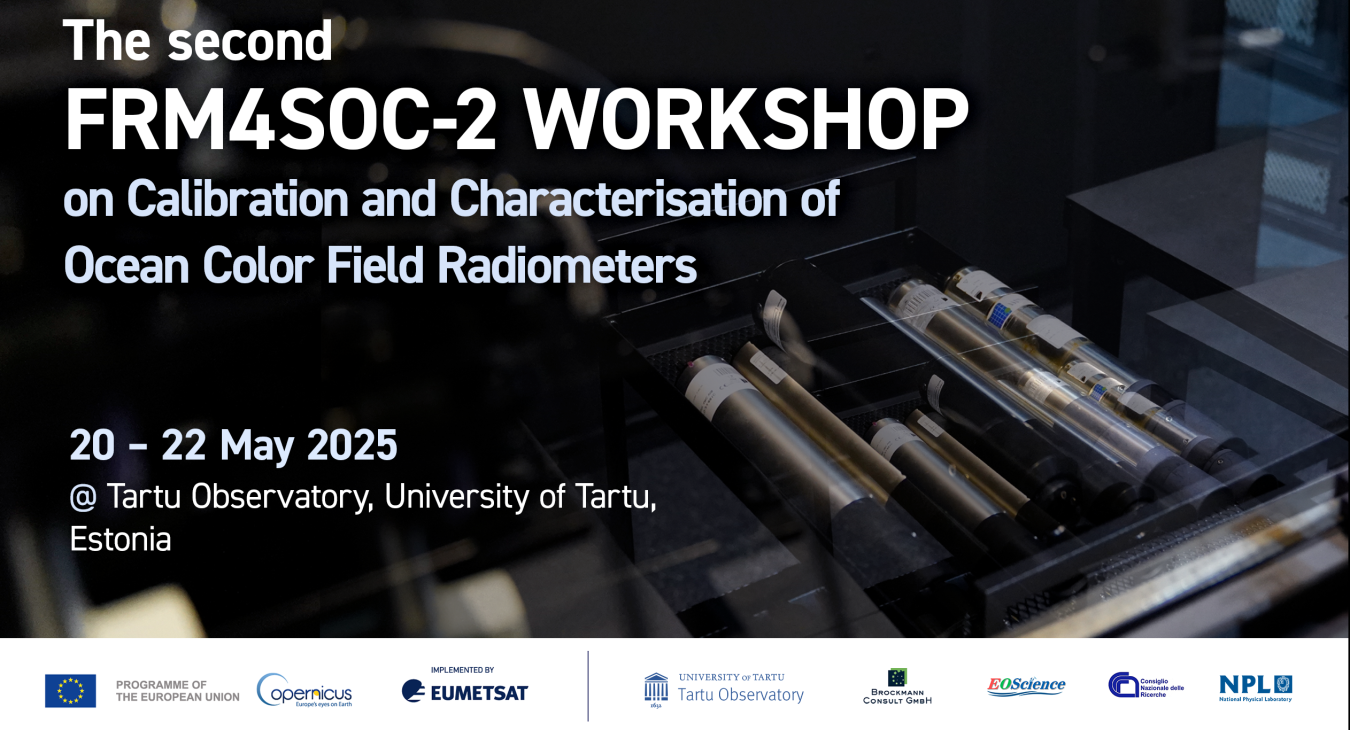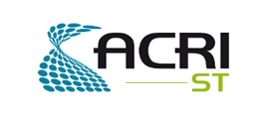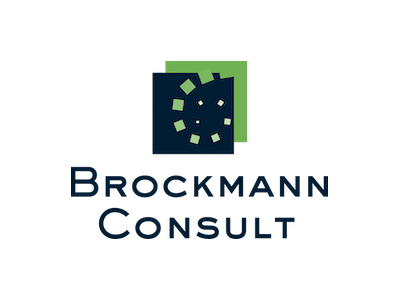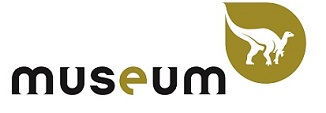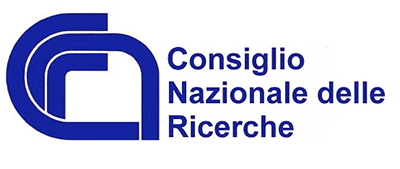Second FRM4SOC Workshop on Calibration and Characterisation of Ocean Colour Field Radiometers
20 – 22 May 2025,
Tartu Observatory, University of Tartu, Estonia
D-23b FRM4SOC Phase 2 OCR Workshop proceedings (2025)
AGENDA
All times are in EEST (UTC+3)
Tuesday, 20 May 2025
09:00 – 13:00 Session 1 – Calibration and characterisation of OCR
09:00 – 09:10 Opening, Welcome (A. Tamm - UT, R. Vendt - UT)
09:10 – 09:20 Agenda, Practical information (R. Vendt - UT, M. Jauk - UT)
09:20 – 09:45 FRM4SOC project overview and overarching goal of this workshop (J. I. Gossn - EUMETSAT)
09:45 – 10:15 Rationale and requirements for calibration and characterisation of field OC radiometers (G. Zibordi - EOScience)
10:15 – 10:45 Guidelines for calibration and characterisation of OCR. Part 1 - Calibration (I. Ansko - UT)
10:45 – 11:15 Coffee break
11:15 – 11:45 Guidelines for calibration and characterisation of OCR. Part 2 - Characterisation (I. Ansko - UT)
11:45 – 12:15 FRM4SOC-2 Laboratory Comparison and lessons learned. (V. Vabson - UT)
12:15 – 12:30 Cal/char file formats: manufacturer and FidRadDB (I. Ansko - UT)
12:30 – 13:00 Discussion
13:00 – 14:00 Lunch / Grouping
14:00 – 17:30 Session 2 – Groupwork
14:00 – 15:30 Groupwork rotation 1 (A: Cal/Char setups | B: Uncertainty Workshop | C: Facilities tour)
15:30 – 16:00 Coffee break / Grouping
16:00 – 17:30 Groupwork rotation 2 (B: Cal/Char setups | C: Uncertainty Workshop | A: Facilities tour
18:00 – 19:45 Social event
18:00 – 19:45 Icebreaker at Tartu Observatory
Wednesday, 21 May 2025
09:00 – 10:45 Session 2 – Groupwork continues
09:00 – 09:15 Opening, Grouping
09:15 – 10:45 Groupwork rotation 3 (C: Cal/Char setups | A: Uncertainty Workshop | B: Facilities tour)
10:45 – 11:15 Coffee break
11:15 – 12:10 Session 3 – Uncertainties
11:15 – 11:45 Uncertainty budgets in OCR calibration and characterisation (V. Vabson - UT)
11:45 – 12:10 Measurement uncertainties in processing field data with HyperCP. (A. Bialek - NPL)
12:10 – 13:00 Session 4 – Manufacturers of OCR
12:10 – 12:20 IOCCG Joint Inter-Agency Request to OCR Manufacturers (J. I. Gossn - EUMETSAT)
12:20 – 12:40 Presentation from SeaBird Scientific (E. Rehm)
12:40 – 13:00 Presentation from TriOS (A. Köppen)
13:00 – 14:00 Lunch
14:00 – 14:20 Presentation from In-Situ Marine Optics (W. Klonowski)
14:20 – 14:40 Presentation from Water Insight (online) (S. Peters / A. Hommersom)
14:40 – 17:30 Session 5 – Implementing OCR cal/char procedures
14:40 – 14:50 Achievements and challenges at HCMR, Greece (A. C. Banks)
14:50 – 15:00 Achievements and challenges at INTI, Argentina (J. P. Babaro)
15:00 – 15:10 Cal/char capabilities at HEREON, Germany (H. Burmeister, M. Hieronymi)
15:10 – 15:20 Cal/char capabilities at JRC, European Commission (P. Sciuto, G. Zibordi)
15:20 – 15:30 Cal/char capabilities at DLR, Germany (P. Gege)
15:40 – 16:00 Coffee break
16:00 – 17:30 Discussion
Social event
19:30 – Workshop dinner in Tartu
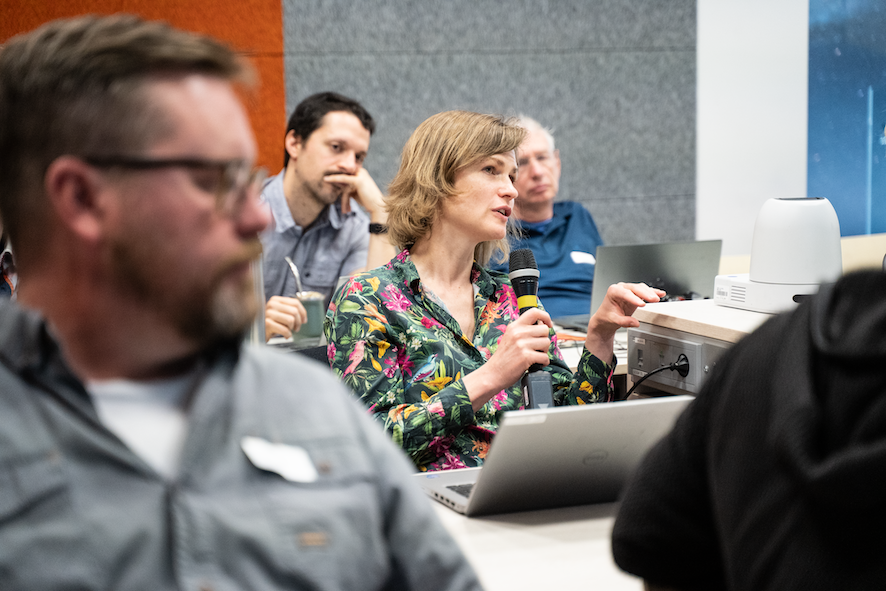
Thursday, 22 May 2025
09:00 – 13:00 Session 6 – Discussion and conclusions
09:00 – 10:30 Discussion "A way forward"
10:30 – 11:00 Coffee break
11:00 – 13:00 Conclusions and final remarks
13:00 End of the workshop
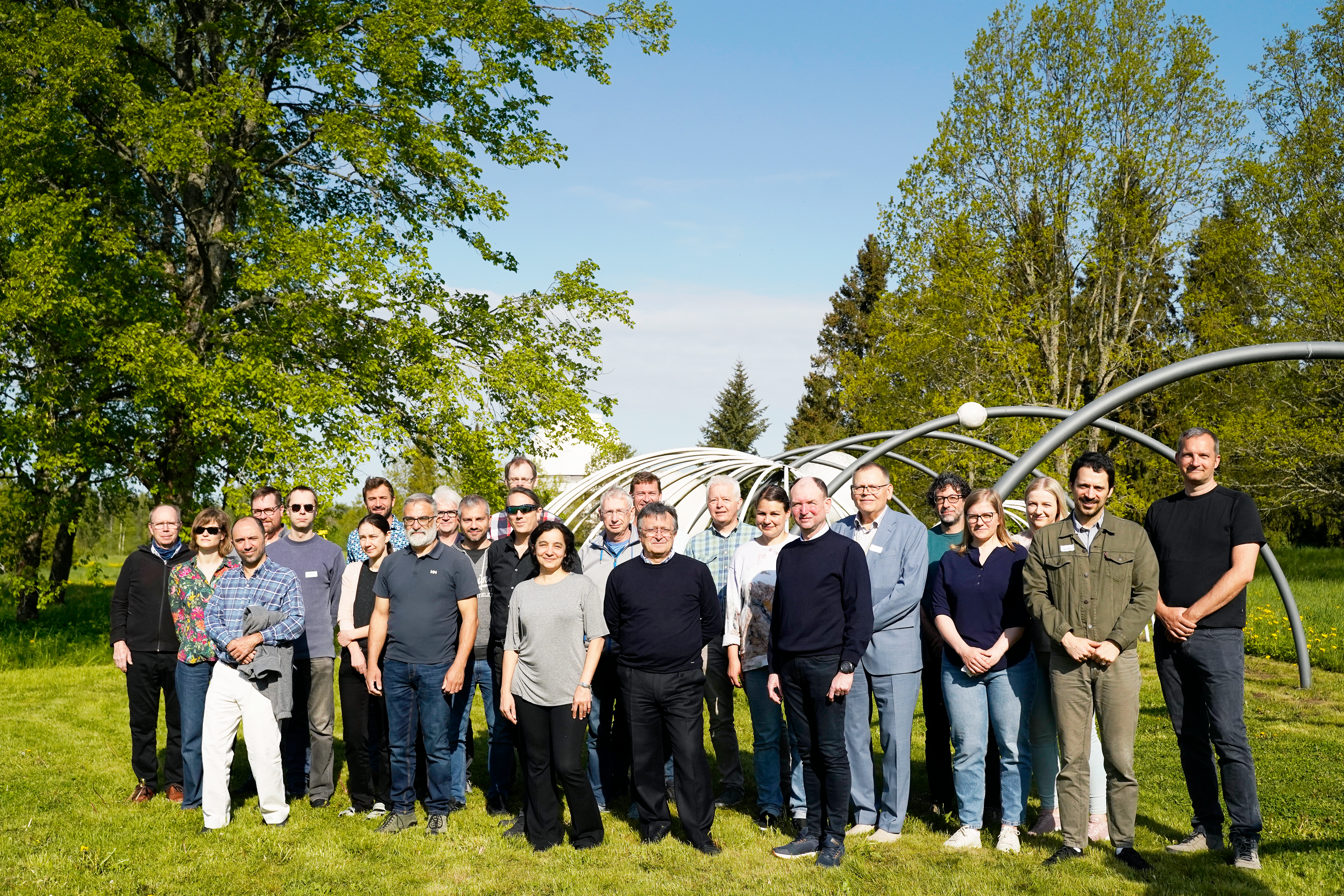
Background
The quality of the satellite Ocean Colour (OC) data products and user services relies on the quality of in situ radiometric measurements used in algorithm development and product validations. Space-borne instruments must be accurately calibrated and characterised before launch, monitored while in space, and additionally vicarious calibrated. Calibration and characterisation activities are also performed on field radiometers so that the community can depend on the validation and the algorithms that define the performance of satellite missions.
Fiducial Reference Measurements (FRM) are a suite of independent, fully characterised, and metrologically traceable ground measurements that follow the guidelines outlined by the Quality Assurance Framework for Earth Observation (QA4EO) of the Committee on Earth Observation Satellites. In this context, ESA (2016-2019) and EUMETSAT (2021-present) conducted a series of FRM4SOC (Fiducial Reference Measurements for Satellite Ocean Colour) projects with the overarching goal of promoting the adoption of the FRM standards in Ocean Colour. These FRM standards include a series of requirements on radiometers to ensure documented traceability to SI units via an unbroken chain of calibrations, the assessment of instrument-related uncertainties and a series of recommended characterisations.
To achieve this goal, the FRM4SOC-2 project team focuses on several tasks
- Provide practical guidelines and procedures for calibration, characterisation, use of radiometric instruments, best practices in the field, and how to derive the uncertainty budget of the acquired measurements.
- Provide tools to process radiometric field measurements with associated uncertainties (e.g. HyperCP) and databases to store results of calibrations (e.g. FidRadDB) and field measurements(e.g. OCDB).
- Test what is being implemented, achieved by means of laboratory and field inter-comparison experiments.
- Broadcast the guidelines and tools to the OC community. This is mainly achieved through workshops and training events.
Objectives of the workshop
Calibration and characterisation of in situ Ocean Colour Radiometers (OCR) is an important part of ensuring the FRM quality of field measurements for the validation of satellite data. An addendum to IOCCG Protocols Volume 3: Satellite Ocean Color Data Validation: In situ Optical Radiometry was proposed by FRM4SOC to raise awareness to OCR manufacturers on key elements needed to ensure a critical mass of OCR users achieving FRM-quality field measurements.
The main objective of the workshop is to reach out to all interested parties working on the calibration and characterisation of OCR (manufacturers, metrology institutes, calibration laboratories, FRMOCnet development teams) and discuss the following topics:
- present and future challenges in calibration and characterisation of OCR, e.g.
- calibration and characterisation principles, facilities, and methods,
- data acquisition, processing, and formats,
- evaluation of uncertainties for different calibration equipment, measurement conditions and methods,
- development of metrology-sound as well as operationally-achievable uncertainty budgets,
- the requirements to achieve FRM quality of in situ measurements for satellite data validation (need for calibration and characterisation of OCR),
- existing guidelines, procedures, tools, and best laboratory practices for OCR calibration and characterisation,
- organisation of future comparison measurements,
- knowledge exchange on the methods, procedures and facilities,
- visit to the calibration and characterisation laboratories at Tartu Observatory of the University of Tartu,
- improvement and harmonisation of the developed guidelines, procedures and tools.
Venue
Tartu Observatory
University of Tartu
Observatooriumi 1,
Tõravere EE-61602
Tartu county
Estonia
Contact
Riho Vendt
Associate professor
Tartu Observatory University of Tartu
Observatooriumi 1,
EE-61602 Tõravere,
Estonia
riho.vendt@ut.ee


